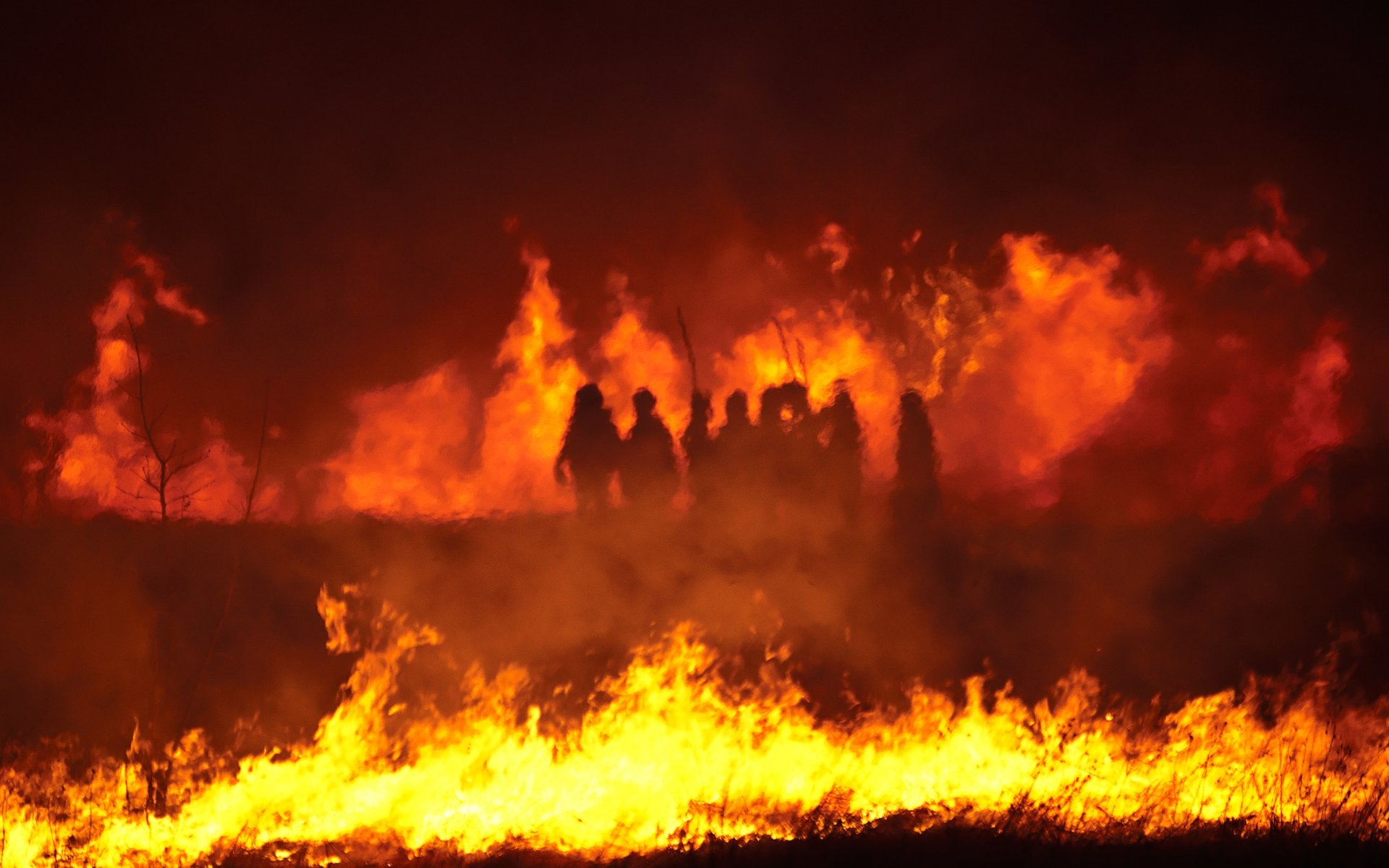

Date, cause, and place of death, together with the last visited dialysis clinic before death, were extracted from the ESKD Death Notification Form (Centers for Medicare & Medicaid Services 2746) and other relevant USRDS files. The outcome variables included daily county-level all-cause and cause-specific death counts, by place of death. We excluded person-time and events during the first 3 months of dialysis because of the insurance coverage transferring issues and the known exceptionally high mortality rates during this period. 17 Study inclusion criteria were: ( 1) Medicare as a primary payer ( 2) time on dialysis exceeded 3 months and ( 3) received in-center HD treatment in a clinic located within the study area before death ( Supplemental Figure 1). To study the association between daily mortality and wildfire-PM 2.5 we restricted the analysis to the 253 counties within 200 km of at least one large wildland fire (>50,000 acres) and with an in-center dialysis clinic during the study period ( Supplemental Table 1). The USRDS is a national registry for patients with both chronic kidney disease and ESKD, and includes records on almost all United States patients with ESKD receiving in-center HD. Because of the potential for differential exposure to wildfire-PM 2.5 during the extended hospital stays before death, we examined the effects stratified by place of death, clinical versus nonclinical settings.Īn open cohort of individuals receiving in-center HD between 20 was constructed using data from the US Renal Data System (USRDS). We assessed the effect of daily exposure to wildfire-PM 2.5 on all-cause and cause-specific mortality on the day of the exposure (same-day effect) and up to 30 days after exposure (cumulative lagged effect). We assessed the association between short-term wildfire-PM 2.5 and mortality among patients receiving in-center hemodialysis (HD) in areas affected by wildfire smoke across the United States. 22 ⇓ ⇓ ⇓ ⇓– 27 This population could be sensitive to the effects of wildfire smoke exposure, yet, to our knowledge, no studies have examined the effects of wildfire smoke among patients with ESKD. 16, 20, 21 The majority of these patients have multiple chronic conditions that may affect their overall burden of disease and a high annual risk of mortality in the United States of 16%. 18, 19 Patients with ESKD requiring dialysis therapy are a fragile population. Identifying populations that are susceptible to the effects of wildfire smoke and PM 2.5 is a critical first step in reducing the public health burden, often disproportionately borne by individuals with comorbidities. 13 Importantly, epidemiologic studies show that exposure to PM 2.5 emitted during wildfires increases the risk of cardiorespiratory morbidity and all-cause mortality in the general population.

Most PM 2.5 is a by-product of combustion and has been determined to be causally related to cardiovascular mortality and morbidity, and is one of the six pollutants regulated under the Clean Air Act by the US Environmental Protection Agency. Inhaled PM 2.5 can travel deep into the respiratory tract, triggering oxidative stress and systemic inflammation which, in turn, can cause acute exacerbations of respiratory and cardiovascular disease, subacute infections, and death. 6 ⇓ ⇓– 9 Among the components of smoke, fine particulate matter (particles with an aero-diameter<2.5 μm PM 2.5) presents a growing public health concern due to the widespread exposure and its demonstrated biologic effects. 3 ⇓– 5 Smoke generated during fires contains high concentrations of particulate matter, carbon monoxide, polycyclic aromatic compounds, nitrogen dioxide, and other trace gases, all of which have previously been linked to adverse health outcomes. 1, 2 In the United States, over the past 40 years, the incidence has doubled in the western part of the country, and the wildfire season is now year round. The frequency of large wildfires has increased worldwide. Conclusions Wildfire smoke exposure was positively associated with all-cause mortality among patients receiving in-center hemodialysis.


 0 kommentar(er)
0 kommentar(er)
